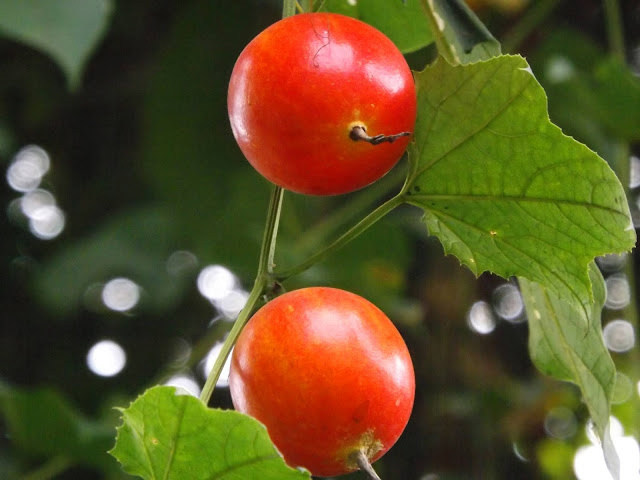Dhaiphul or Fire-flame bush, Woodfordia fruticosa
Dhaiphul or Fire-flame bush (Woodfordia fruticosa, family: Lythraceae) is a lare-sized decidous shrub with spreading and pendulous branches, attaining a height of 4 m. Bark is brownish, smooth. Young branches pubescent when young. The plant grows on rock in hilly evergreen forests of Chattogram and Chattogram Hill Tracts of Bangladesh. It covers a vast geographical area, found from tropical Africa to East Asia.
Other names: Dainphul, Dhatriphul (Bang); Red bell bush (Eng); Parvati (Sans).
Leaves are green, 5-7 cm long and 1.5-3 cm wide, ovate-lanceolate or lanceolate with curved and elongated apex, base rounded or cordate; opposite or subopposite, short-petioled or sessile. The lateral veins of blade unexpctedly merge before the edge.
3-16 reddish orange flowers in axillary cymes, short-peduncled, glandular-pubescent. Calyx 1.5 cm long, base campanulate, tube bright red. Sepals 5. Petals slightly longer than calyx-teeth. Flowering occurs at the end of winter to spring.
Fruit is a capsule, up to 1 cm long, ellipsoid; sometimes dehiscent, seeds numerous. Propagation of the plant is caused by seeds and cuttings.
It can be planted as an ornamental shrub in gardens and parks for its eye-cathing flaming flowers and beautiful drooping branches. The plant is used as firewood. In Indian subcontinent the plant has been widely used as medicine for a long course of time.
Flowers and leaves are used in diarrhoea, dysentery, pimple, blood catamenia and spleenomeghaly. A kind of dye is made from its flowers, leaves and branches.
Synonyms: Lythrum fruticosum, Lythrum hunteri, Woodfordia tomentosa.








অসাধারণ
ReplyDeleteচোখ জুড়িয়ে গেলো😍
ReplyDeleteভালো
ReplyDelete